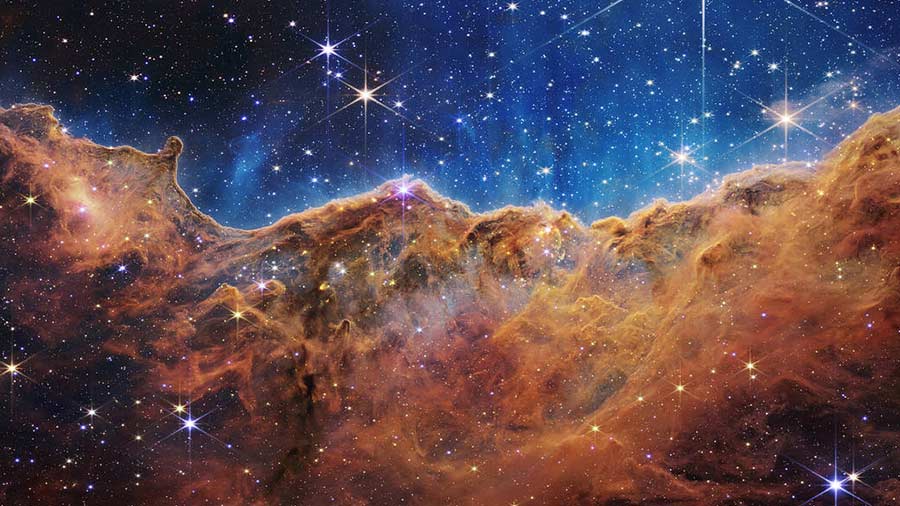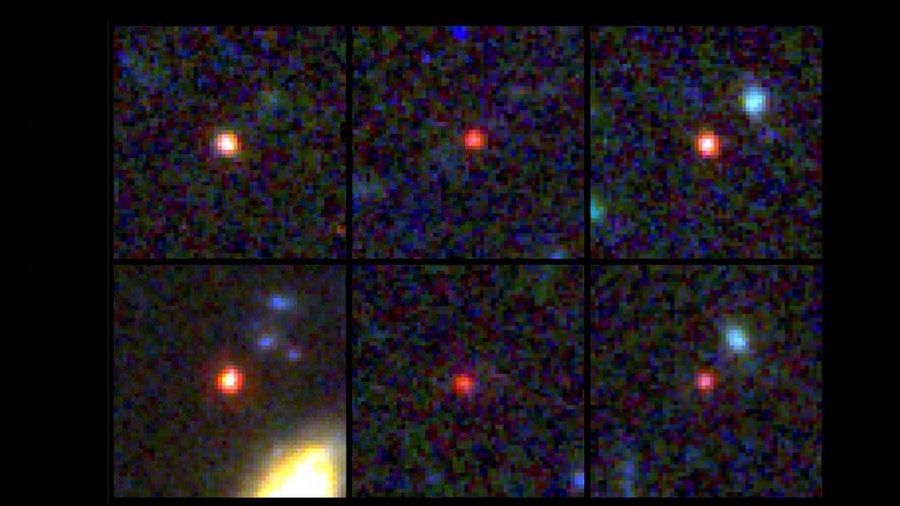Scientists have used machine learning, a variant of artificial intelligence (AI), to identify the nature of thousands of new cosmic objects such as stars, black holes and pulsars.
The researchers at Tata Institute of Fundamental Research (TIFR), Mumbai, and Indian Institute of Space Science and Technology (IIST), Thiruvananthapuram, applied machine learning techniques to hundreds of thousands of space objects observed in X-ray wavelengths (0.03 and 3 nanometres) with NASA's Chandra space observatory.
The study, published in the journal Monthly Notices of the Royal Astronomical Society, applied the technique to about 2,77,000 X-ray objects, the nature of most of which was unknown.
A classification of the nature of unknown objects is equivalent to the discovery of objects of specific classes, the researchers said.
This research has thus led to a reliable discovery of many thousands of cosmic objects of classes, such as black holes, neutron stars, white dwarfs, stars, etc, and opened up an enormous opportunity for the astronomy community for further detailed studies of many interesting new objects, they said.
"The finding demonstrated how a new and topical technological progress could help and revolutionise the basic and fundamental scientific research," said Professor Sudip Bhattacharyya from TIFR, one of the researchers involved in the study.
"This work has opened up an enormous opportunity for the astronomy community and demonstrated how new techniques could help and revolutionise the basic and fundamental scientific research," Bhattacharyya said.
The finding by the collaborative team, including Shivam Kumaran, Professor Samir Mandal and Professor Deepak Mishra, all from IIST, will be crucial to scientifically utilise the data from current and upcoming observatories.
The researchers noted that astronomy is entering a new era, as a huge amount of astronomical data from millions of cosmic objects are becoming freely available.
This is a result of large surveys and planned observations with high-quality astronomical observatories, and an open data access policy, they added.
Except for the headline, this story has not been edited by The Telegraph Online staff and has been published from a syndicated feed.












